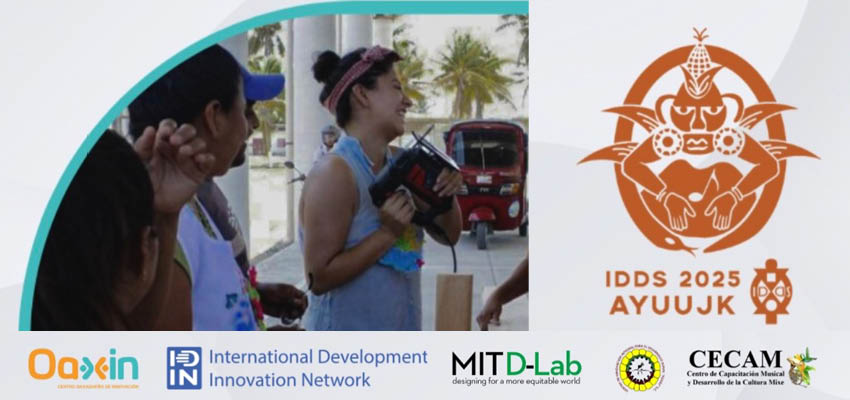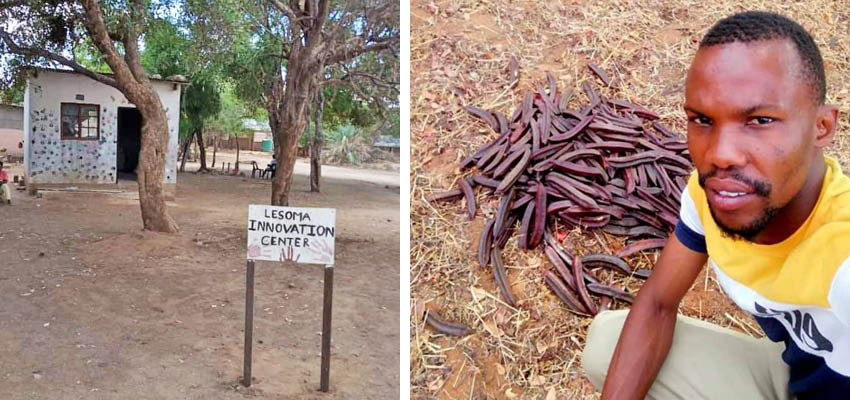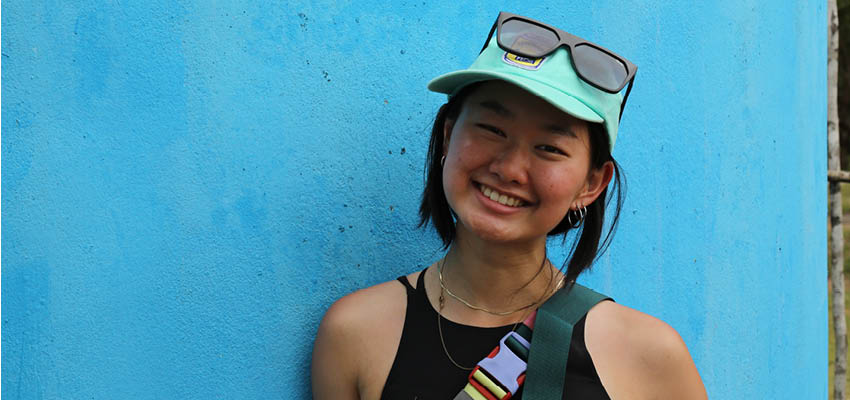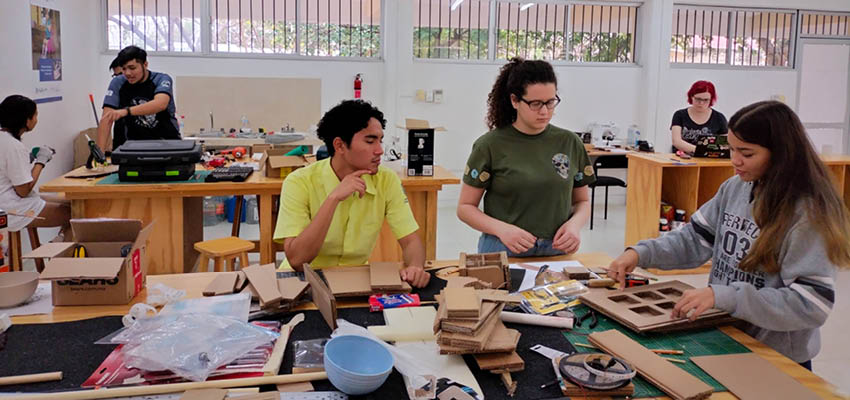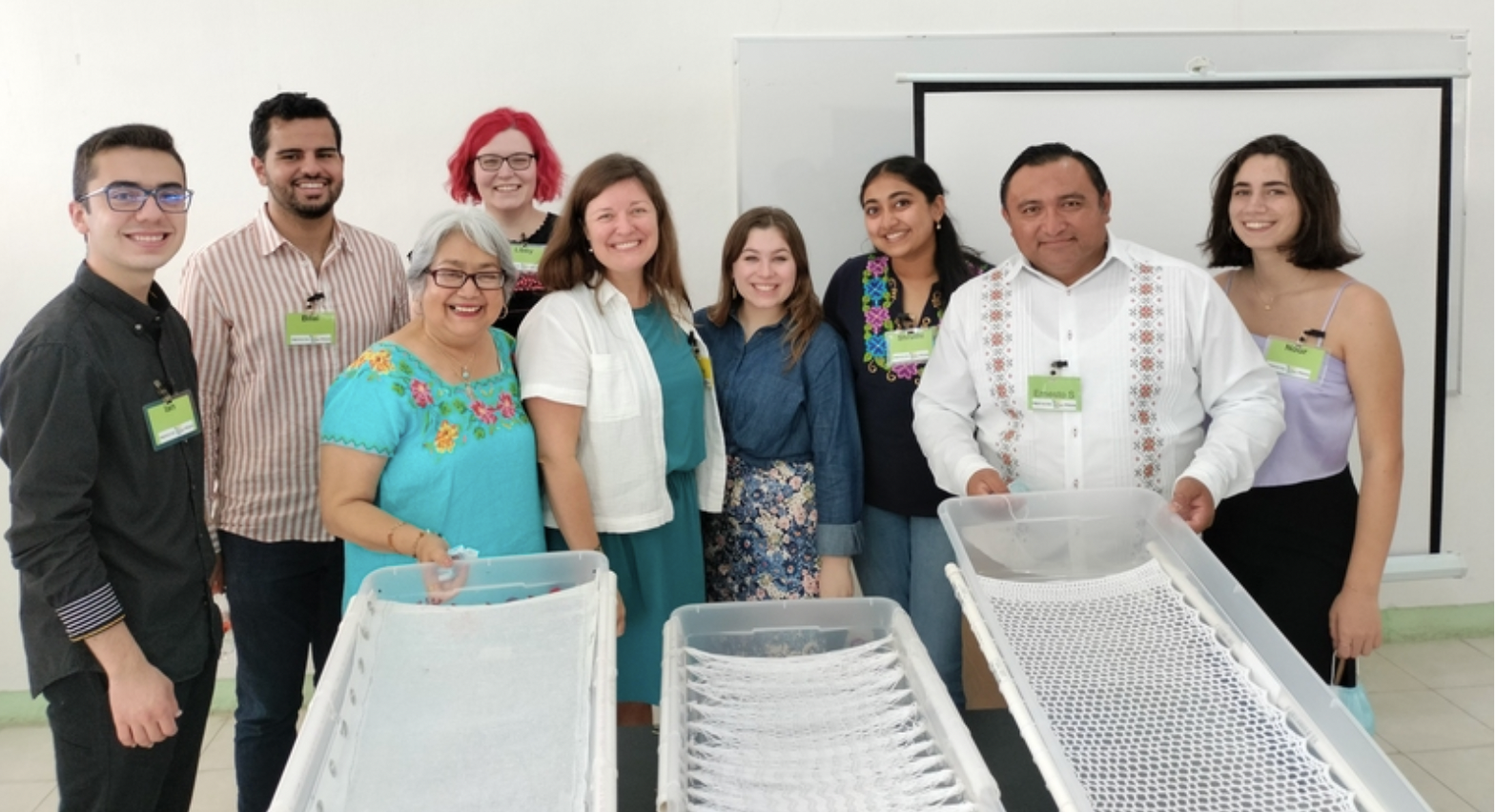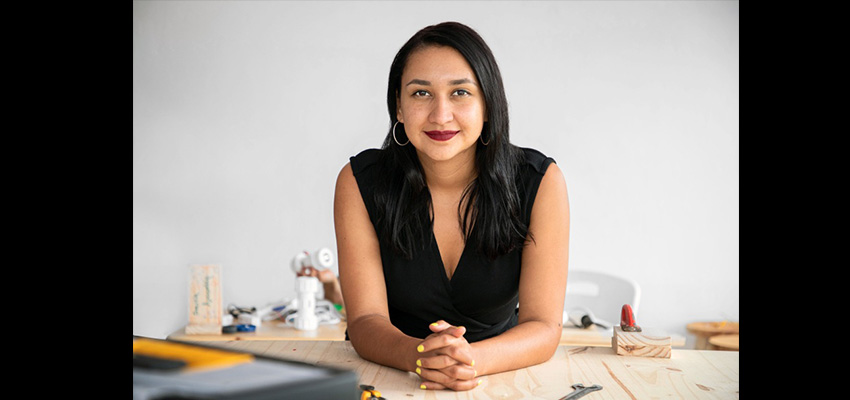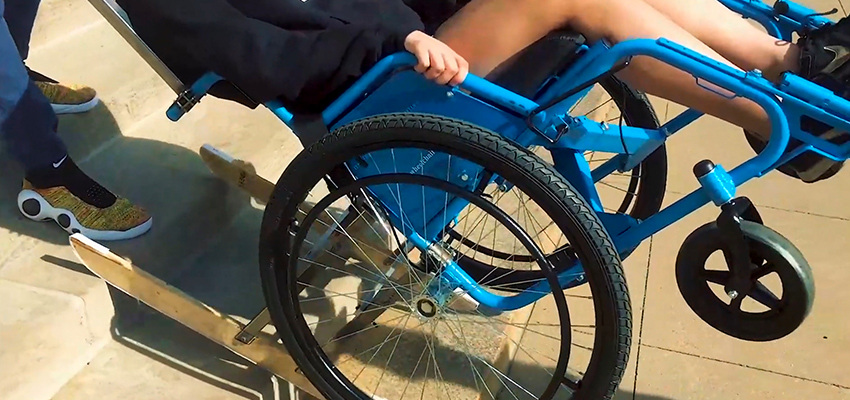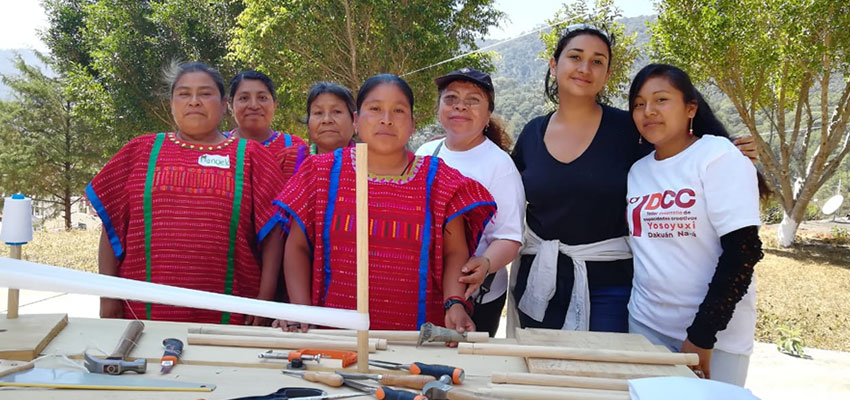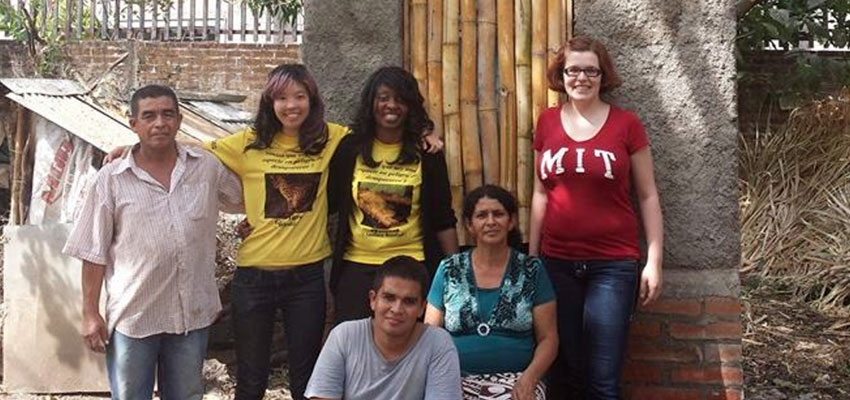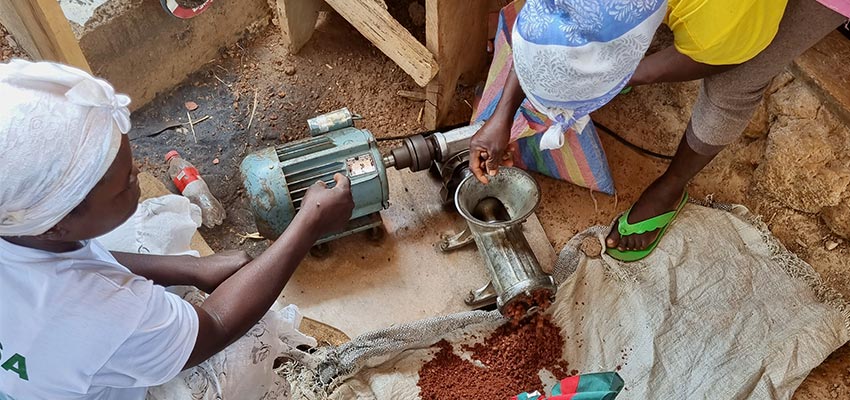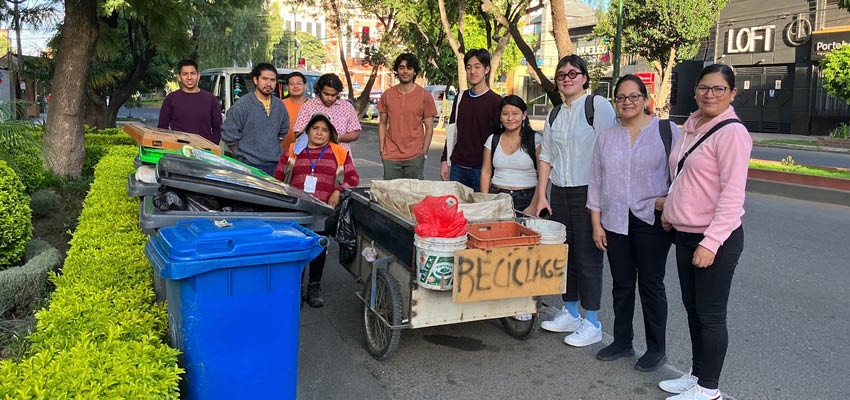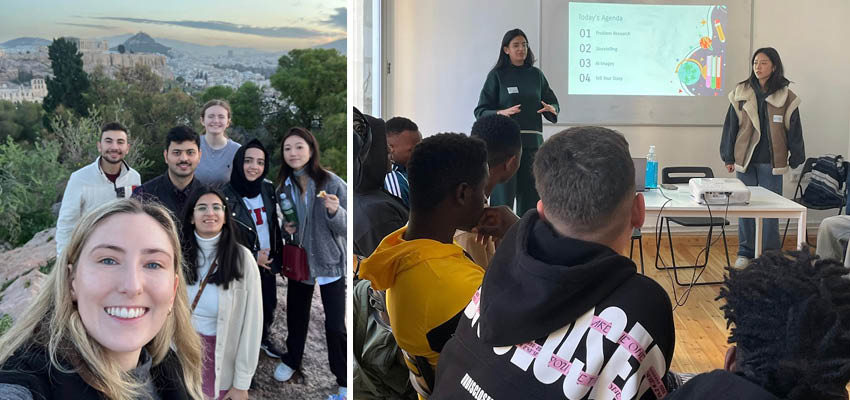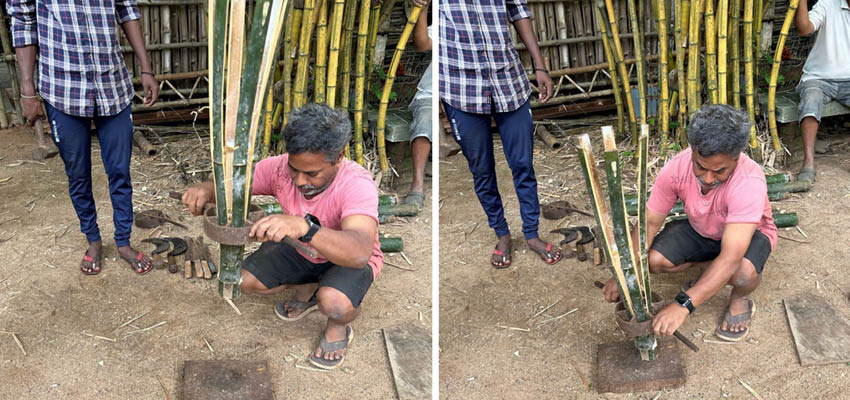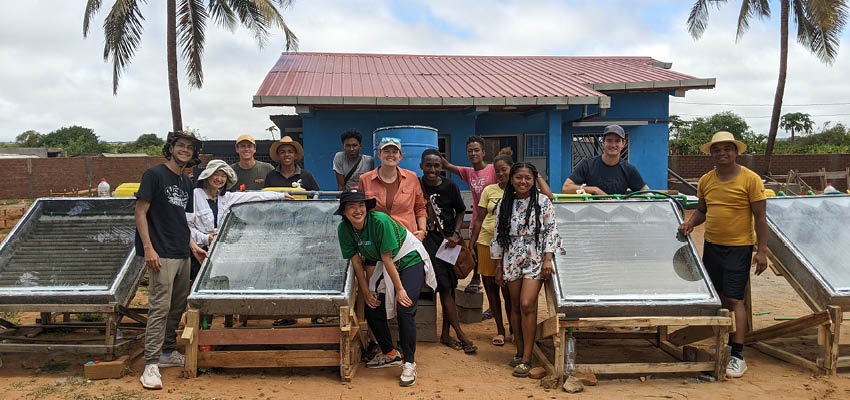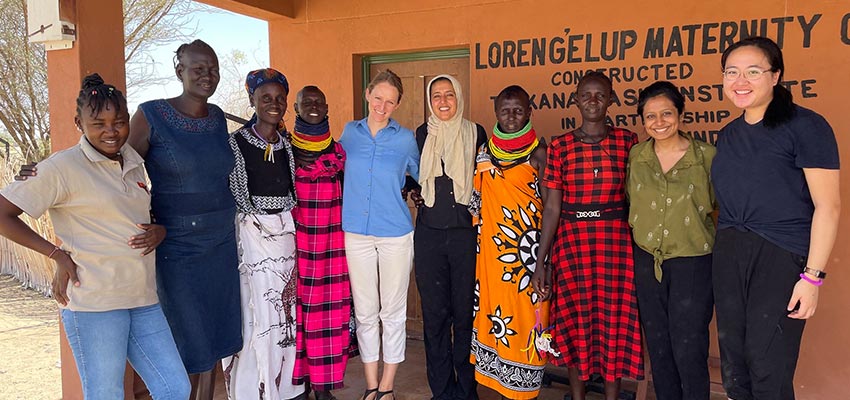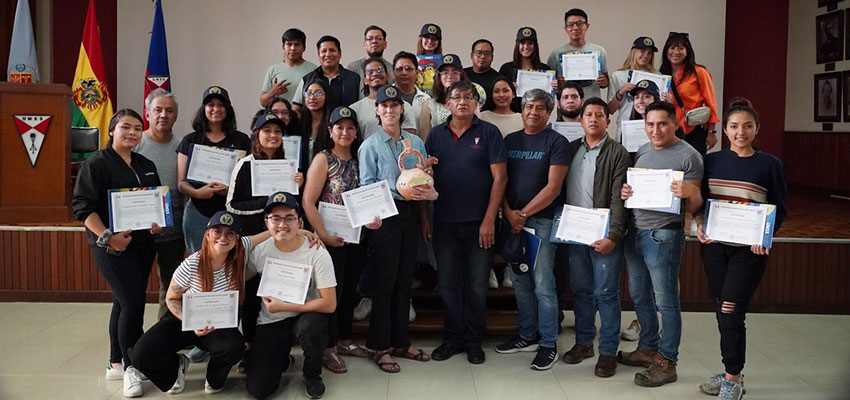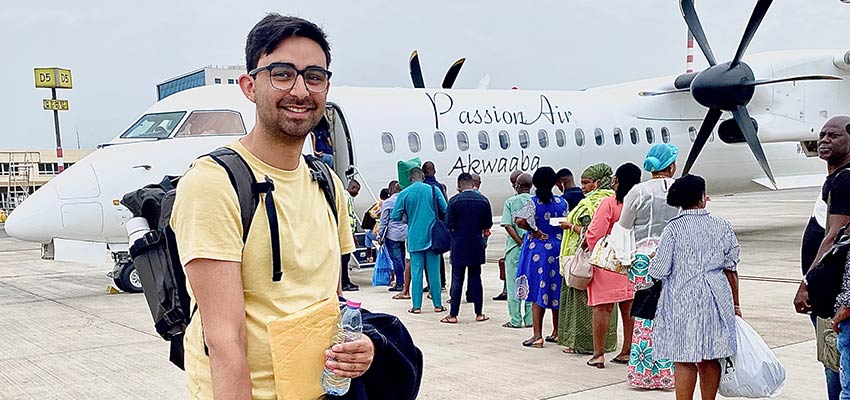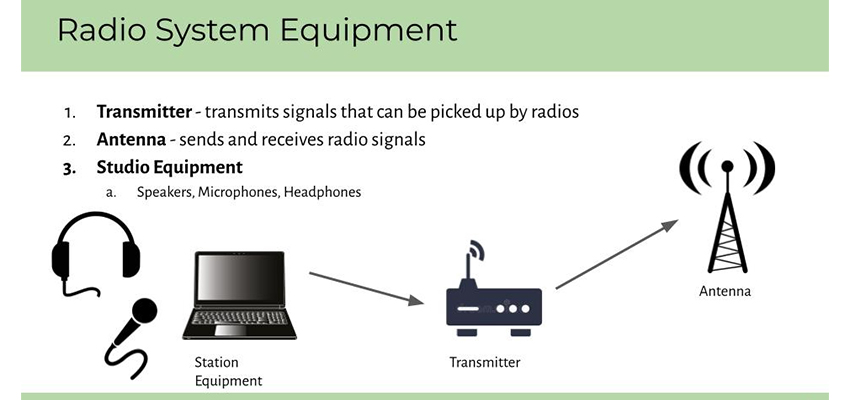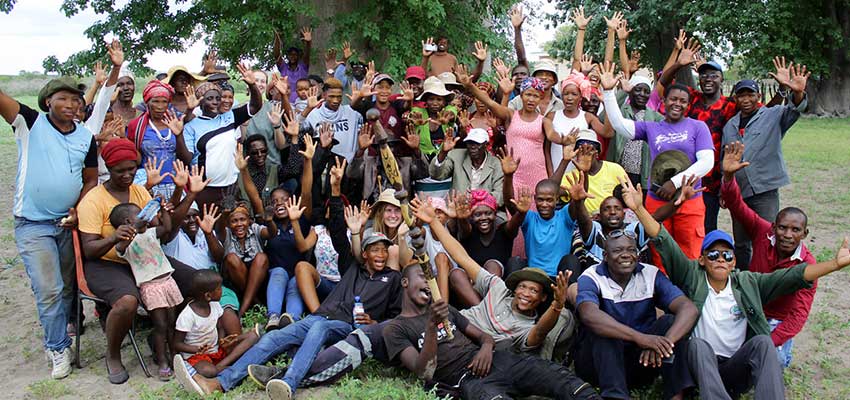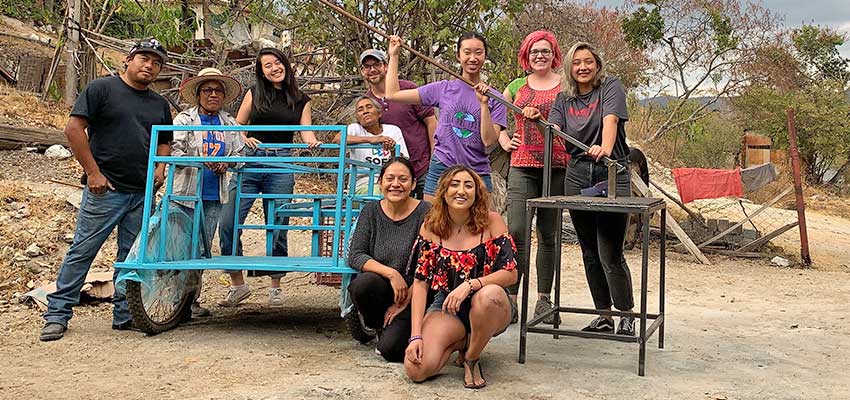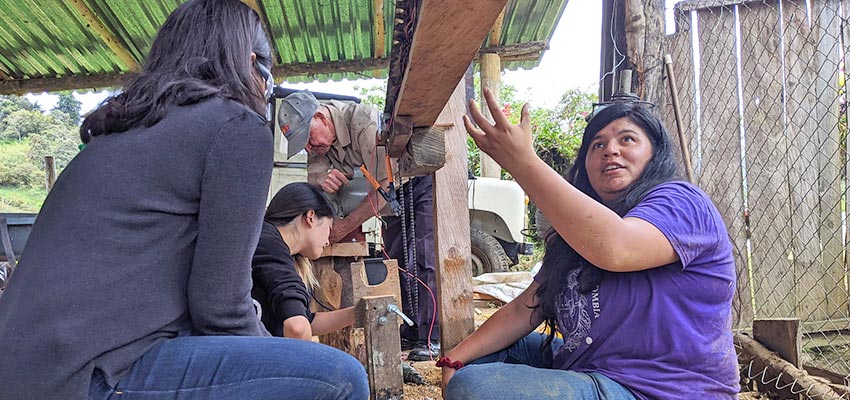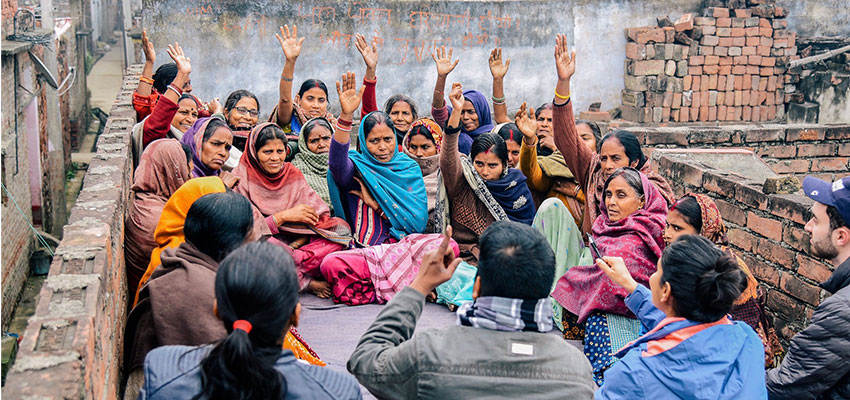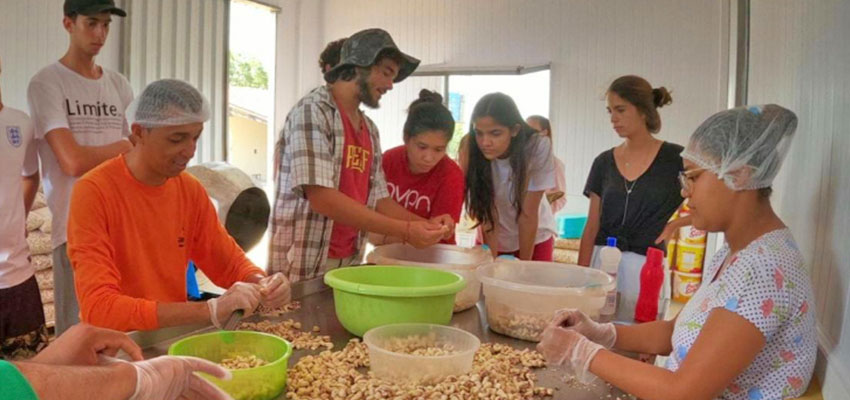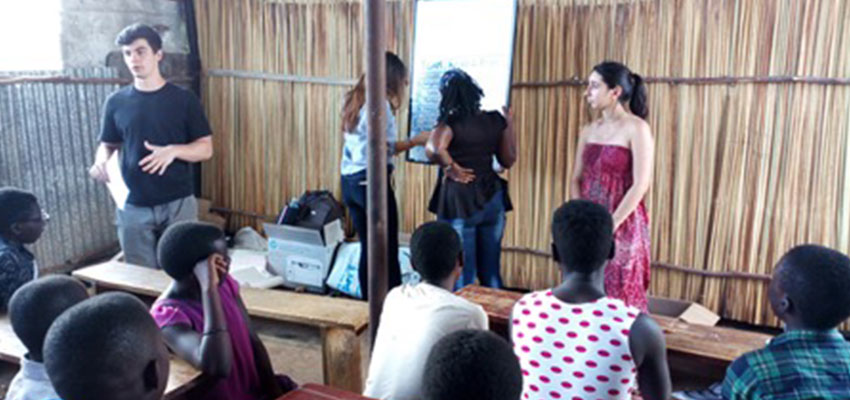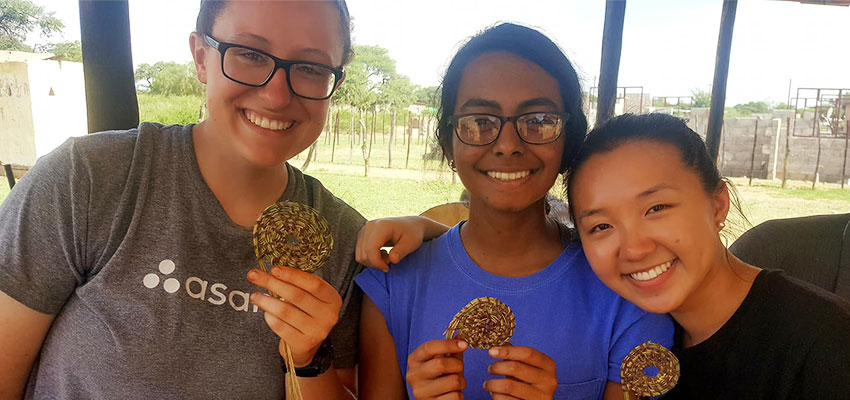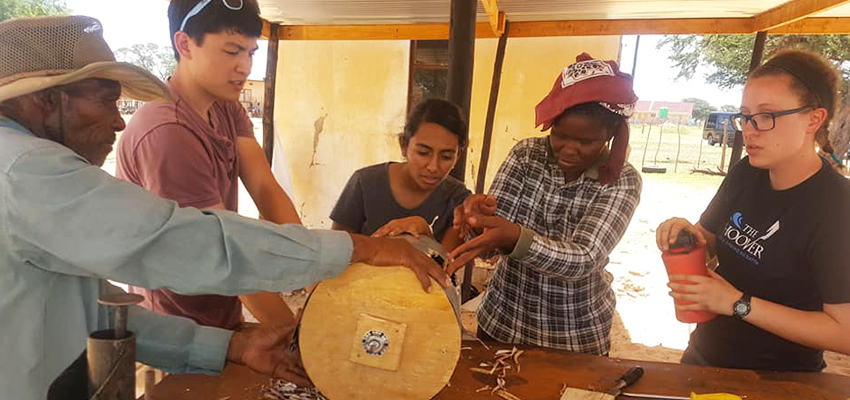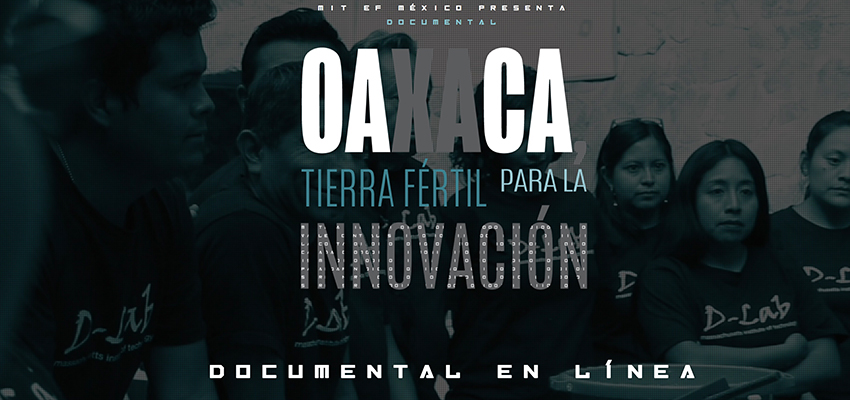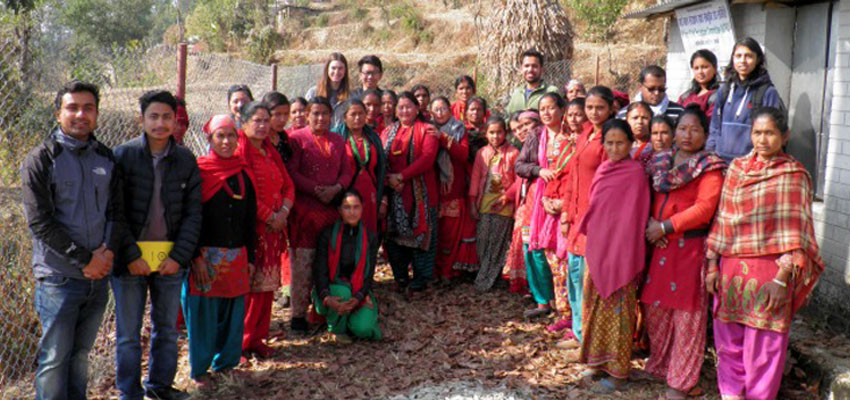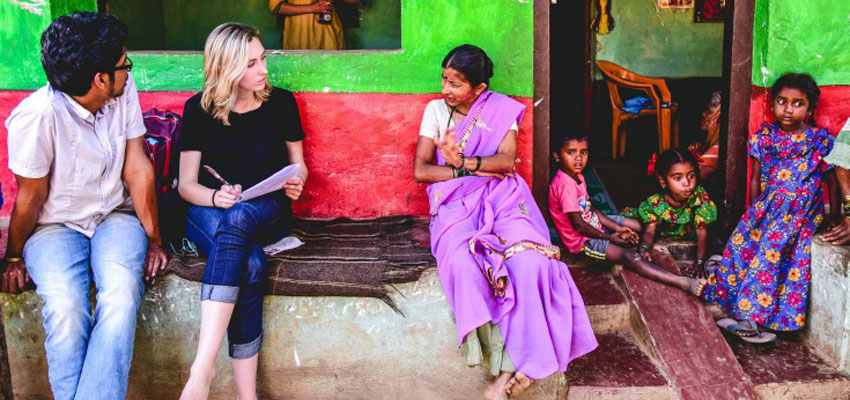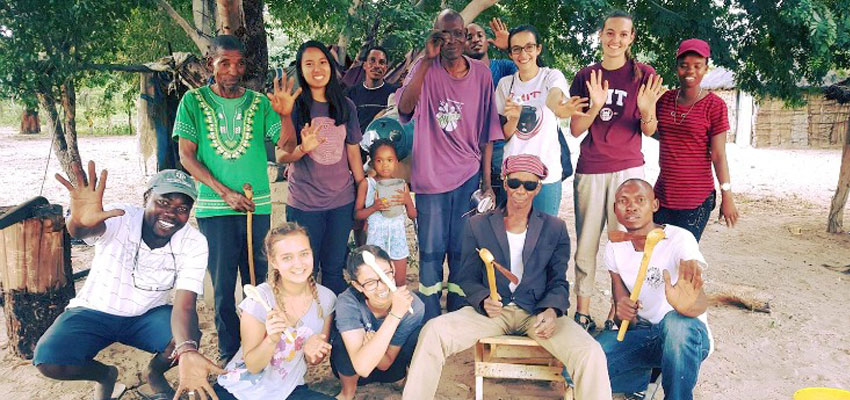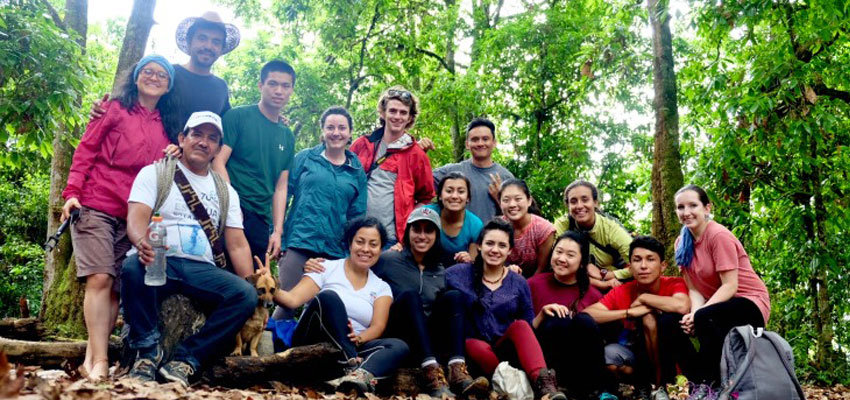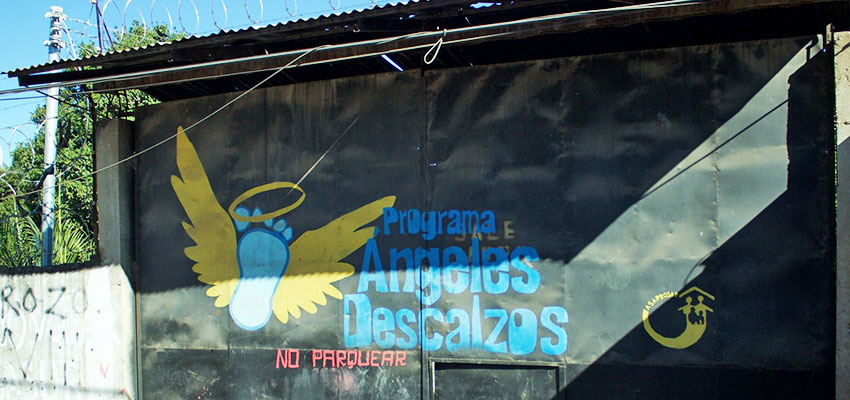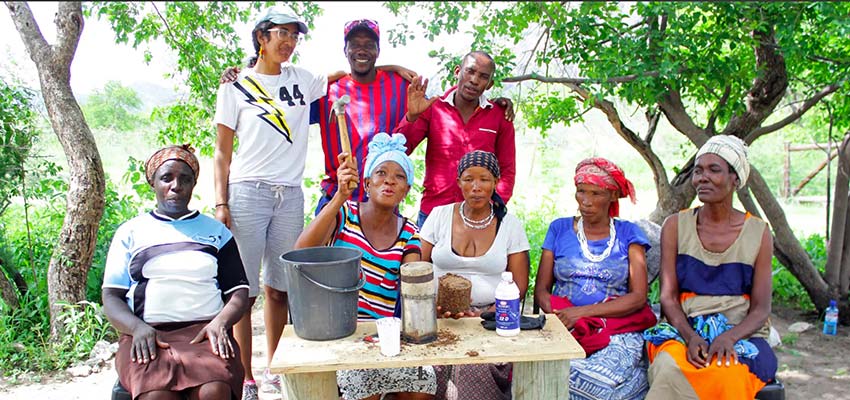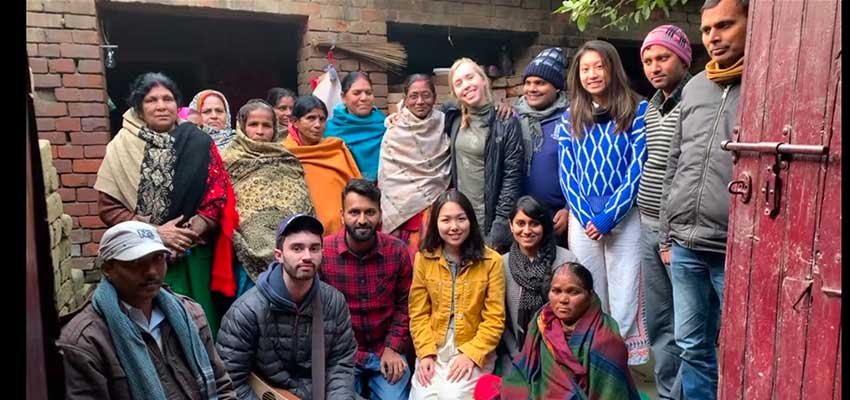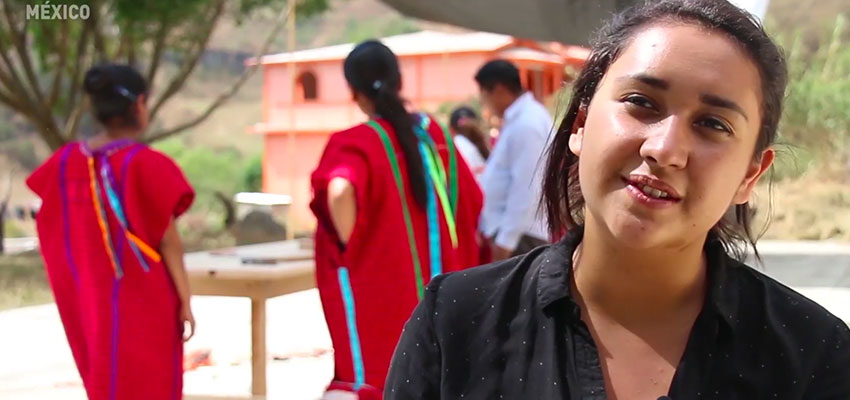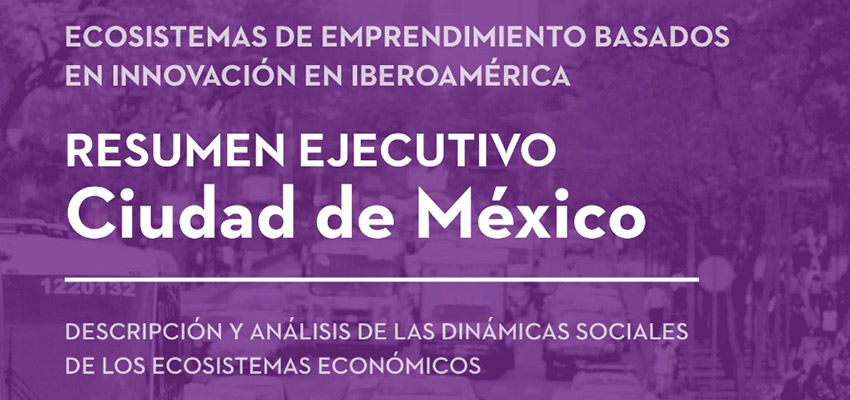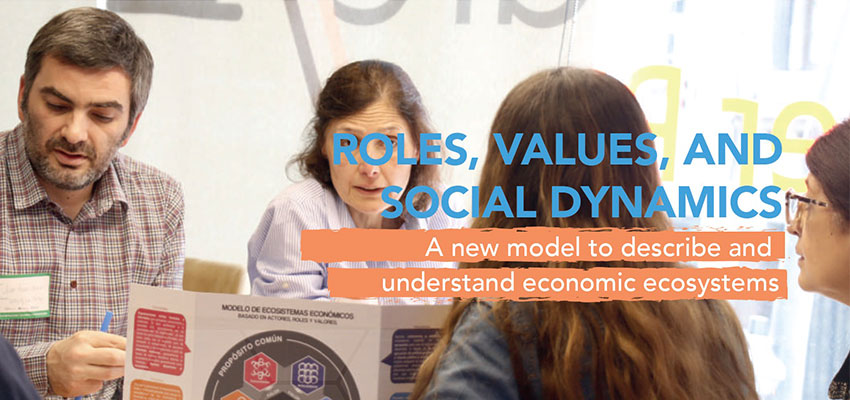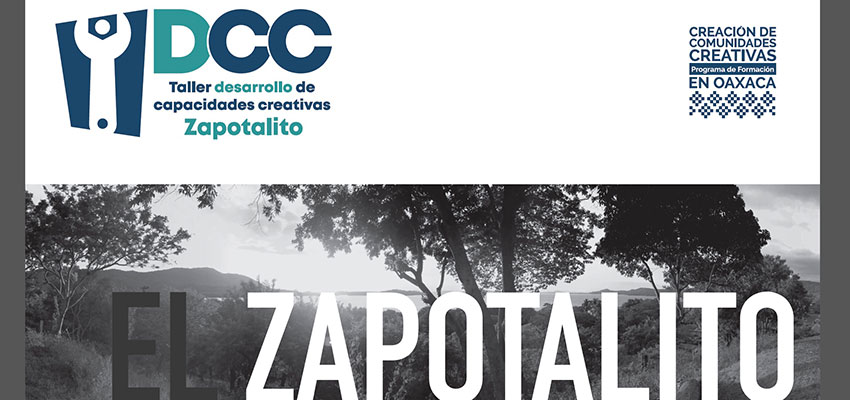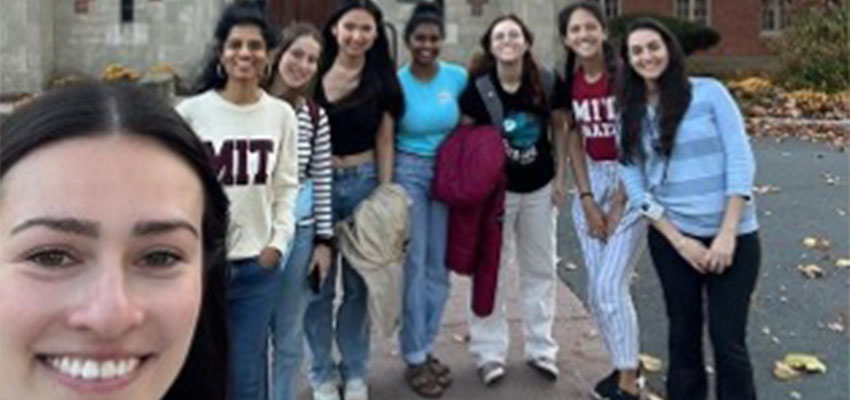
We are producing a cost-effective device for students with limited communication skills, such as those with mobility impairments and cerebral palsy.
MIT D-Lab Class
Student team
- Shreya Singar, Wellesley College 2027: Shreya is passionate about neuroscience and math, with the goal of pursuing a career in pediatric neurology.
- Elena Su, MIT 2025: Elena is a senior majoring in Electrical Engineering and Computer Science who is interested in embedded systems and low-level programming.
- Kristel Acuña García, MIT 2027: Kristel is a Mechanical Engineer who is passionate about designing and building for the good of others.
- Carolina Moura Valle Costa, MIT 2026: Carolina is a Computer Science student, interested in math and driven by social impact.
- Nicole Lipschitz, MIT 2027: Nicole is a Computer Science student who is very interested in algorithms and mathematics, as well as using her knowledge to have an impact.
Community partners
- Perkins School for the Blind: Isabela Galarza Gonzalez, Maísa Ferreira Owens.
- Adaptive Design Center in Merida: Emelia Hernández Payán, Ernesto Palma.
Opportunity driving the project
The Perkins School for the Blind collaborates with the Adaptive Design Center (ADC) in Mérida, Yucatán, Mexico. The ADC builds customized assistive furniture and technology for students with developmental, sensory, and cognitive disabilities. The ADC works with many students who have cerebral palsy (CP). This affects their central nervous system, motor control, and coordination. Sourcing low-cost, commonly available materials is crucial since the ADC works within tight budget and supply constraints. Within this framework, we hope to provide the ADC with a low-cost, easily reproducible board to help students with neuromuscular disorders, such as CP, communicate with their teachers and peers.
Cultural context
According to a Mexican government census, 2.8% of the population in Yucatán––amounting to approximately 65,000 people––have a physical disability. 2.34% of the population, or about 54,000 people, have a visual disability. The average income per capita in Yucatán was about $2,670 US dollars in 2022, compared to the United States’ $37,683. Therefore, although many individuals in Yucatán face disabilities that affect their independence and quality of life, they may not have the means to afford the most specialized technologies on the market today.
Theory of change
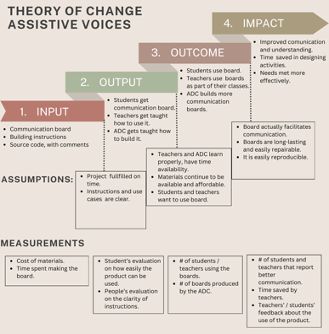
Proposed solution & next steps
By pursuing this project, we hope to provide the ADC with a functional communication board, as diagrammed below:
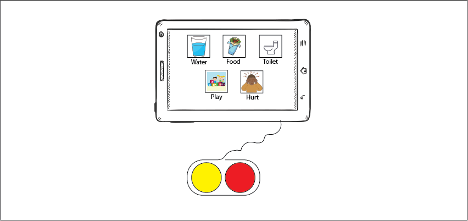
Our project targets students who can cognitively communicate their desires but lack sufficient motor control for speech. To improve the reproducibility of our project, we will rely on existing components and require minimal electrical engineering skills for duplicating our product. We will purchase a TCT LED screen, microprocessor board, speaker, and two button switches per student. There are cost-effective brands, which produce each of these components and ship internationally.
We will display pictorial options on the LED screen, via code that executes on the microprocessor unit. The buttons will serve dual purposes: the yellow button will be a “scroll” function, and the red one will be “select.” When the student selects an icon, the speaker will project the corresponding word in Spanish. We will use open-source images and voice samples to provide the audio and visual components. To imitate the user experience of an iPad or tablet, we will also include small-scale applications such as a calendar and clock which can be accessed via this scroll-and-select functionality.
After the project is complete, our next steps are to effectively communicate the construction process and to transfer the source code to the ADC via GitHub or another site. This will also allow them to modify and extend the capabilities of our product. The hope is that this communication board will help prepare students to use tablets, smartphones, and computers in the future.
Contact
Libby Hsu, Lecturer; MIT D-Lab Associate Director of Academics


